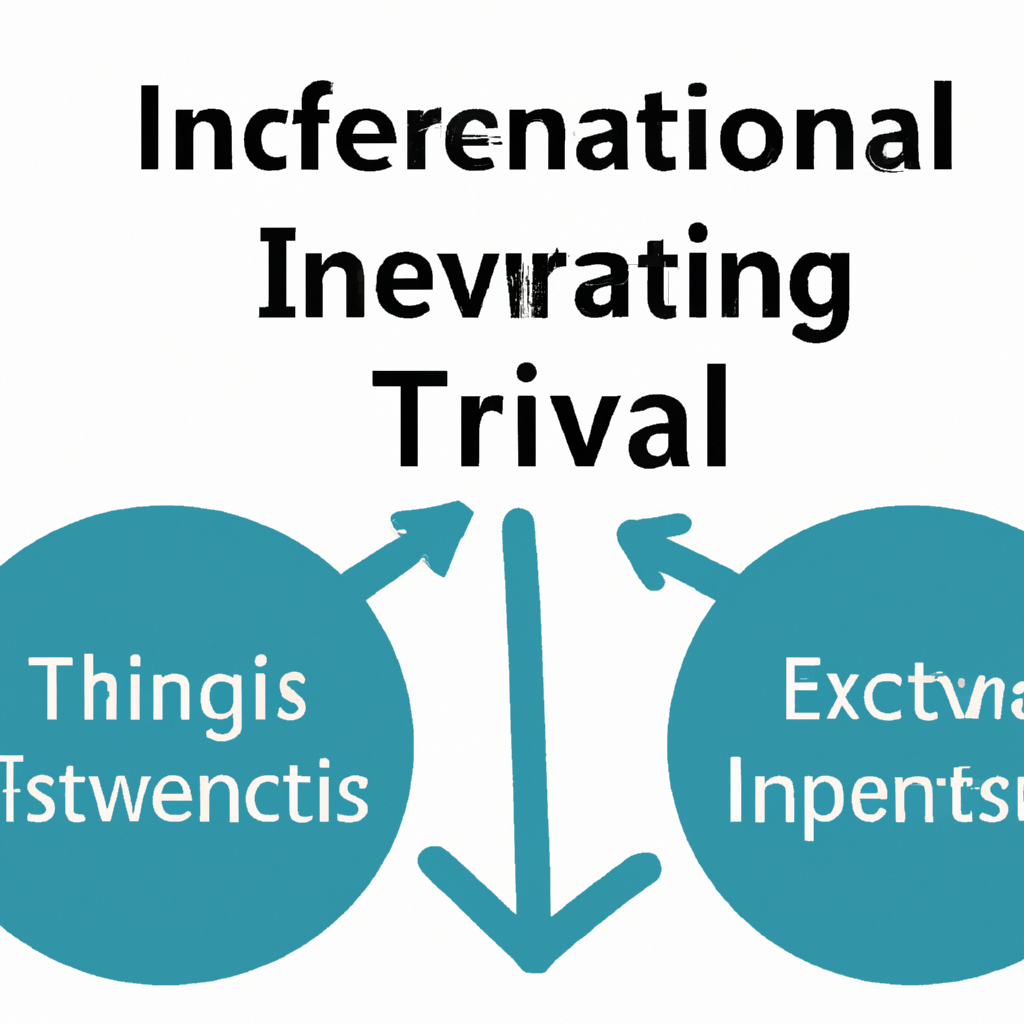
Investing in International ETFs: A Guide to Diversifying Your Portfolio
How to Invest in International ETFs
What are International ETFs?
International ETFs (Exchange-Traded Funds) are investment funds that track the performance of a basket of foreign stocks, bonds, or other assets. They provide investors with exposure to international markets and can be a great way to diversify a portfolio.
Why Invest in International ETFs?
Investing in international ETFs can help investors diversify their portfolios, reduce risk, and take advantage of growth opportunities in foreign markets. They can also provide exposure to industries or sectors that may not be well-represented in domestic markets.
How to Invest in International ETFs
1. Choose a Brokerage Account
Before investing in international ETFs, you’ll need to open a brokerage account that allows you to trade on international exchanges. Make sure to choose a reputable brokerage with a good track record and competitive fees.
2. Research International ETFs
Do your research to find international ETFs that align with your investment goals and risk tolerance. Consider factors such as the fund’s expense ratio, performance history, and the countries or regions it invests in.
3. Place Your Order
Once you’ve chosen an international ETF to invest in, place your order through your brokerage account. You can buy shares of the ETF just like you would with a stock, and the fund will automatically diversify your investment across a basket of international assets.
4. Monitor Your Investment
Keep an eye on your international ETF investment and monitor its performance over time. Consider rebalancing your portfolio periodically to ensure that your investments align with your long-term financial goals.
Conclusion
Investing in international ETFs can be a valuable addition to a diversified investment portfolio. By following these steps and staying informed about your investments, you can take advantage of growth opportunities in international markets while managing risk effectively.

